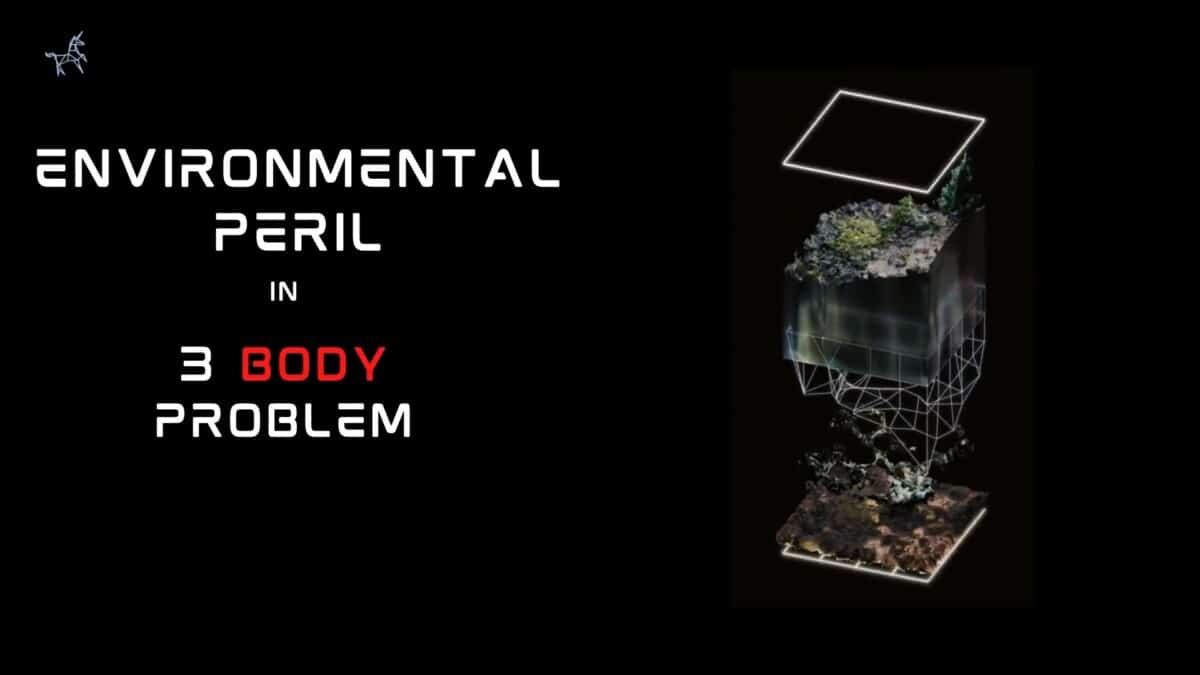While renowned for its mind-bending concepts involving first contact with alien civilizations, Liu Cixin’s The 3 Body Problem is also a powerful allegory grappling with the existential threat of environmental crisis facing humanity on Earth. Through a dizzying multi-generational narrative, the book doesn’t shy away from unflinching depictions of climate change, resource depletion, ecological degradation, and the social upheaval triggered by environmental catastrophes.
From the opening chapters set during the tumult of the Cultural Revolution, Cixin establishes how radical environmental policy mismanagement under totalitarian regimes can imperil entire civilizations. The widespread famine and devastation caused by inefficient agricultural edicts presages larger existential dangers if environmental imbalances remain unchecked.
As the story propels into the near future, cli-fi narrative elements take center stage – vividly rendered climate change-fueled weather calamities, flooded coastal cities, agricultural collapse, and forced migrations of “eco-refugees” seeking habitable territory. These escalating crises expose the fragility of society’s institutions and systems in the face of acute environmental breakdowns catalyzed by humanity’s relentless emission of greenhouse gases.
Yet Cixin doesn’t constrain the novel’s environmental themes solely to terrestrial matters. He envisions potentially severe climatic repercussions echoing across the solar system as humanity’s frontier expands outwards. For instance, the proposed planetary engineering of constructing gigantic orbital rings around Earth risks irreparably destabilizing the planet’s climatic equilibrium in unpredictable ways.
On an even grander scale, Cixin explores how the existential imperative of maximizing usable energy could collide with preserving galactic habitats should an advanced civilization master the ability to encompass and harness entire stars. The novel raises profound questions about the long-term sustainability of a Type 2 or 3 civilization on the Kardashev scale as available resources dwindle across the cosmos.
Throughout, The Three-Body Problem insists that any technological civilization’s survival ultimately relies upon developing symbiotic strategies in harmony with natural systems and ecological balance. Whether on Earth or across the stars, short-sighted dominance over nature catalyzes severe existential blowback as compromised biospheres collapse. Like the interdependence of heavenly bodies in a dynamic many-body system, the novel paints a portrait of civilizations inextricably intertwined with their environments.
In bridging these narrative visions of anthropogenic climate change on Earth with a cosmological perspective on sustainability across a universe of habitats, Cixin’s Three-Body Problem simultaneously captures both the profound precarity facing our world today and inspirits humanity to meet these challenges with awe-inspiring ambition and enlightened stewardship of our cosmic environments. The book reminds us that our destiny remains unwritten – we can still aspire toward a long-term trajectory capable of flourishing across the stars.
By using science fiction as a starting point for future forecasting, you can encourage critical thinking, imagination, and thoughtful debate on important environmental and sustainability issues facing our world. To learn more DM me or follow the link https://futurecenter.ventures/sci-fi-for-future-forecasting

